





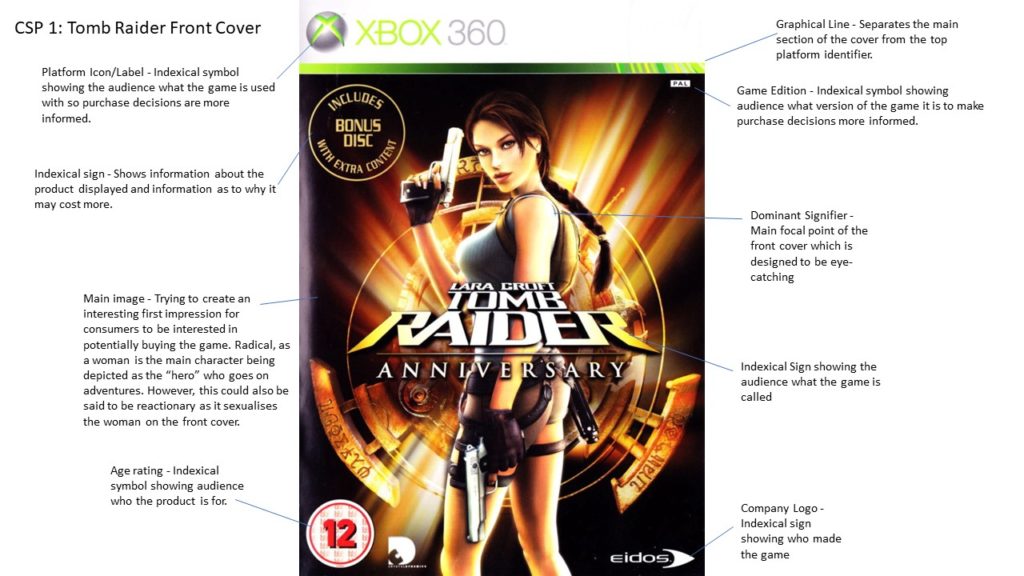




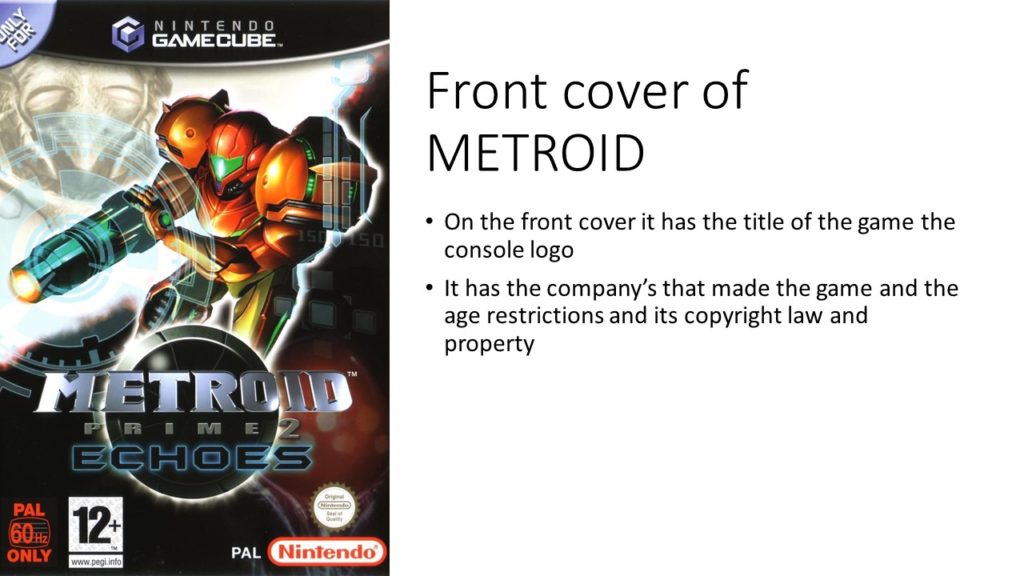
Semiotics
Ferdinand de Saussure
C S Pierce
Roland Barthes
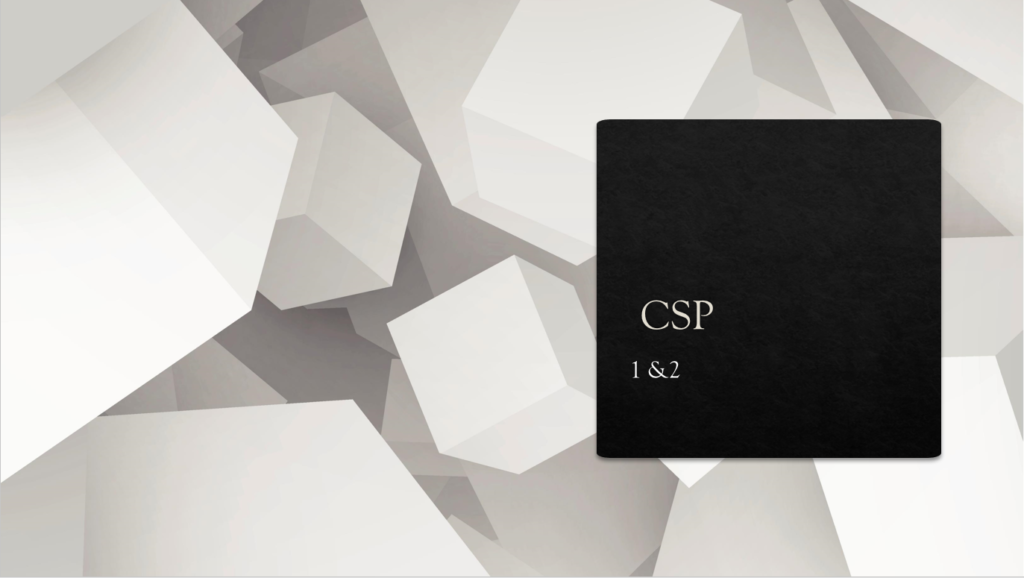
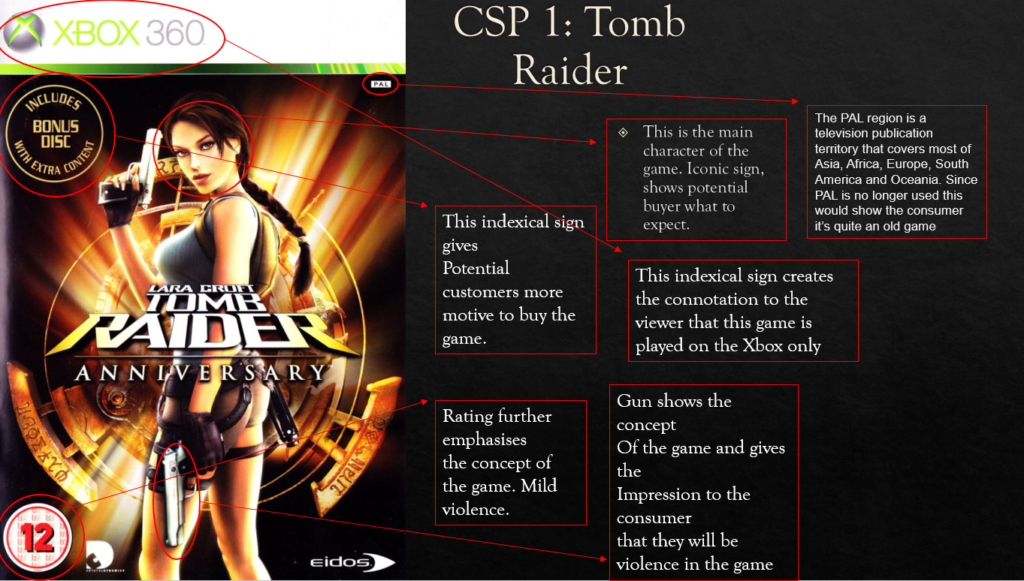
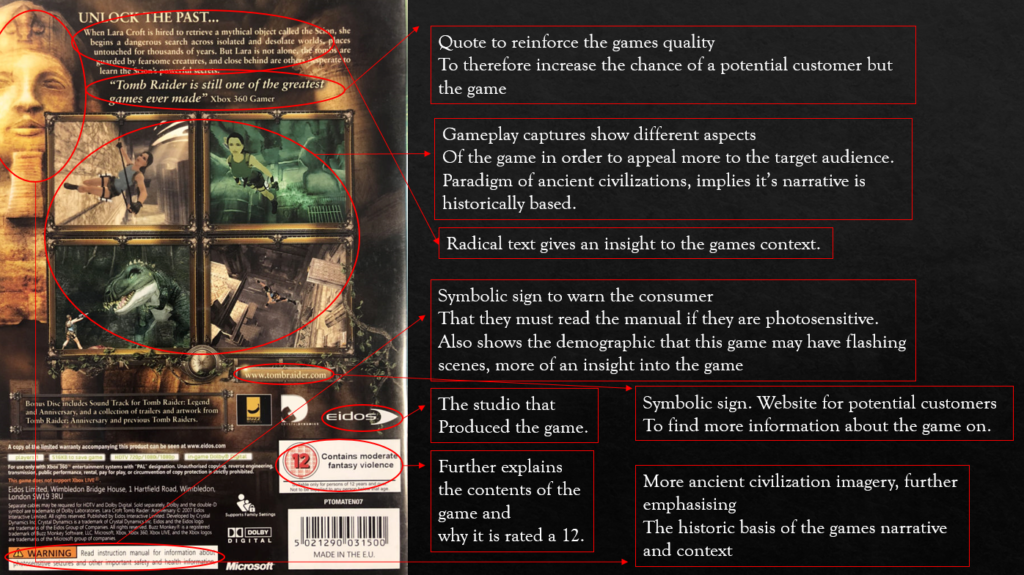
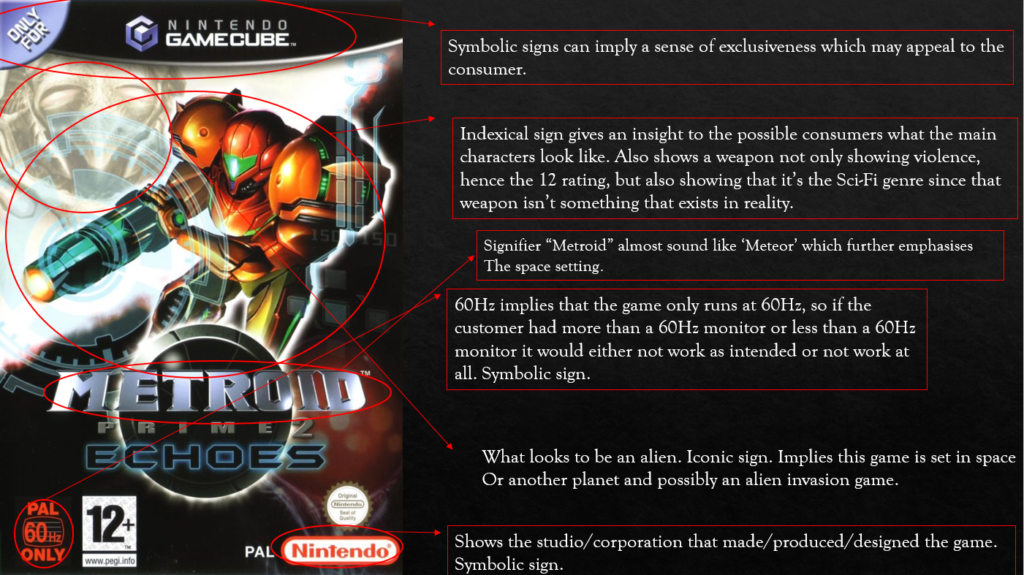
| Pose – subject positioning, stance or body language | Fourth Wall Breaks: where the subject meets gaze with audience – can be confrontational, aggressive, invitational etc… Off-Screen Gaze: upward can suggest spirituality; right-frame gaze can suggest adventure, optimism; left-frame gaze can suggest regret, nostalgia Body Language: open, closed, passive, active, strong, weak Subject positioning: positioning and angle of group shots illustrates the characters with more powerful/dominant role Proxemics: if subjects are positioned closer together, often shows close relationship |
| Mise en Scene – props, costume, setting | Prop Symbolism: props are rarely accidental, use and placement often have symbolic connotations Setting Symbolism (Pathetic Fallacy): settings and scenery are often symbolic of a characters emotions Costume Symbolism: stereotypes can be constructed through costume, helping us discover characters narrative function |
| Lighting | High-Key: lack of shadow, producing a lighter more upbeat tone Low-Key: emphasises shadow, producing a darker and serious tone Chiaroscuro: high contrast lighting eg light beams penetrating pitch black conveying hopelessness or misery Ambient: infers realism |
| Compositional Effects – distance, angle, positioning of subjects | Long Shot: implies subject is dominant of environment Closeup: intensifies character emotions or suggests impending drama Left Compositions: left of screen is generally reserved for characters whom the audience is to sympathise with Right Compositions: right screen usually reserved for unfavourable characters Open frame: suggests freedom Closed frame: suggests entrapment Tilt-up and High Eyeline: conveys power Tilt-down and Low Eyeline: conveys vulnerability |
| Post-Production Effects | Colour Control: often exaggerated for a specific connotative effect – red conveys anger; white conveys innocence; blue conveys sadness etc… High saturation: increased colour levels creates a cheery tone Desaturation: decreasing colour of an image creates a serious, sombre tone |
Sign – Stands in for something else.
Code – used to construct meaning in media forms
Convention– the accepted way of doing something.
Dominant signifier– the main thing that stands in for something else.
Anchorage– words that go along with an image to give meaning of context.
Ferdinand De Saussure – Swiss linguist, semiotician and philosopher. Ferdinand de Saussure: Saussure believed in a concept, that can be described as “the study of signs and symbols and their use or interpretation.” One of the two founders of semiotics, introduced these terms as the two main planes, these terms being the ‘signifier’ and the ‘signified’.
C S Pierce: Pierce believed that there were only 3 signs ever, Iconic, Indexical and symbolic. Furthermore this implies that everything is made up of these 3 signs.
Roland Barthes: Barthes semiotician work focused on the signs in the news and how to read them, he would take apart scenes in the news to analyse them more easily and find out what the news is actually saying.